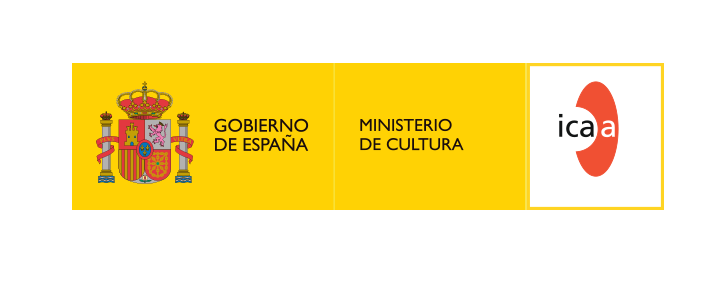YEAR: 2016
ID APARTADO: 22
APARTADO: festival_diary
SUBAPARTADO:
SECCION:
TABLE: 1
ID: 6071
LANGUAGE: in
MAQUETACION:
TITULO:
RULE: 1
Z365" or "Festival all year round" is the new strategic point of the Festival in which converge investigation, accompaniment and development of new talents (Ikusmira Berriak, Nest); training and cinematic knowledge transfer (Elías Querejeta Zine Eskola, Zinemaldia + Plus, Filmmakers' dialogue); and investigation, disclosure and cinematic thought (Z70 project, Thought and Discussion and Research and publications).
San Sebastian’s European Film Forum, entitled Audiences in Motion, had a practical bent, examining best-case practices and strategies for reaching youth and international audiences, and how to measure success. That is a matter of urgent concern. The theatrical film market share for non-national European films in the European Union is around 10%, compared to up to 70% for American films, said Martin Dawson, deputy head of unit at the European Commission’s Media Program.
Monday to Thursday: from 9:00 a.m. to 3:30 p.m.
Fridays: from 10:00 a.m. to 2:00 p.m.




